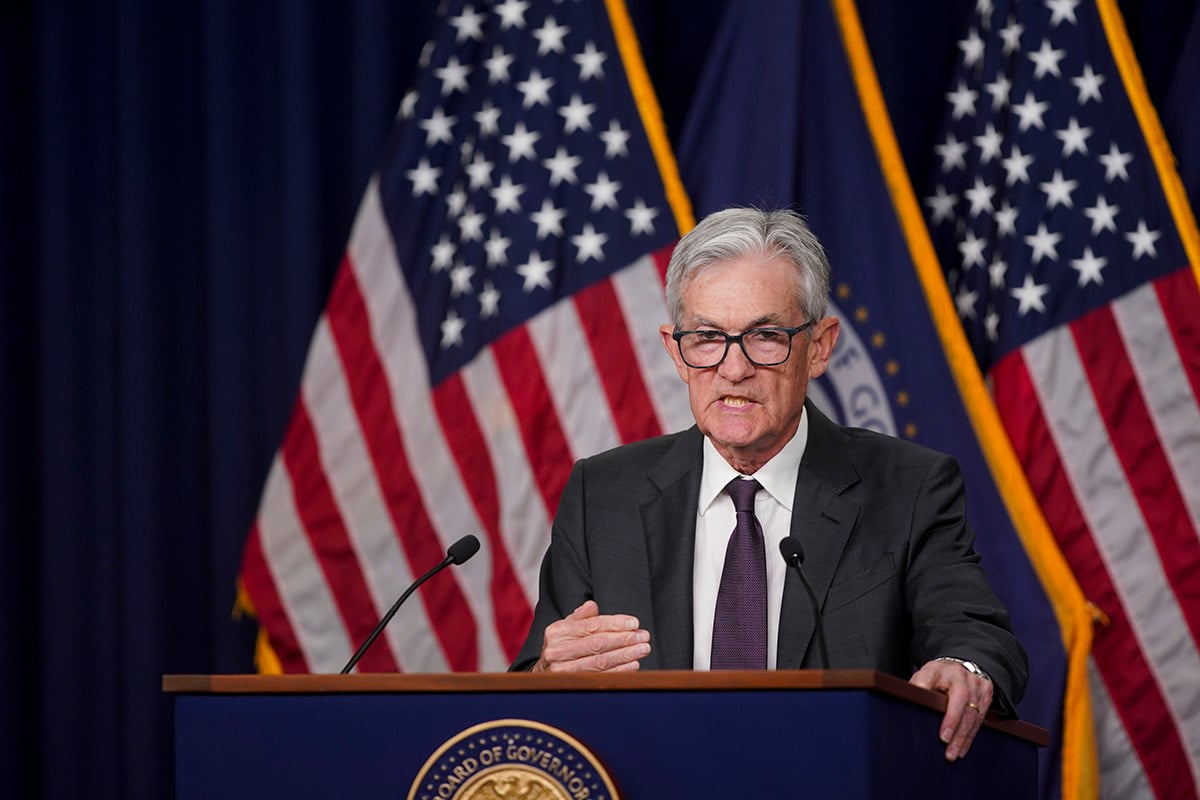The more central banks mess around with global bond markets, the more you have to question how you invest in bonds.
Think safe-haven debt, such as U.S. Treasuries, will provide a hedge against losses on stocks? Not always. Or that central bankers really have control over borrowing costs? Or that you ought to get paid to lend money to Germany, Switzerland, France, and Belgium? Nope, on both counts.
The latest market turmoil is underscoring the difficulties of relying on conventional wisdom at a time when bond markets are dominated by the trades of Chinese, European, and U.S. policymakers. While stocks globally just underwent a plunge that eliminated US$5 trillion of value in less than two weeks, bonds acted in some surprising ways.
Treasuries, often a haven for investors fleeing riskier assets, actually lost value after China rocked markets by devaluing its currency to stimulate growth. Longer-term U.S. government Treasuries have declined 2.3 percent since Aug. 17, according to Bank of America Merrill Lynch index data.
This doesn't make sense from a purely economic standpoint, since the prospect of slower growth should make these securities more attractive, not less. But there's another force at play. China, the world's second-biggest economy, which has accumulated trillions of dollars of foreign assets since 2003, is now selling some of those securities, including Treasuries.
“The potential for more China outflows is huge,” Deutsche Bank AG strategist George Saravelos wrote in an Aug. 26 report. “Real yields should move higher, inflation expectations lower.”
Meanwhile, the same slowdown in China's economy that spurred the nation to sell Treasuries is also prompting the U.S. Federal Reserve to consider delaying its first interest-rate hike since 2006.
The decision to begin the normalization process at the September Fed meeting “seems less compelling to me than it was a few weeks ago,” Federal Reserve Bank of New York President William C. Dudley said in an unscheduled statement Wednesday.
That supported stocks, as would be expected. Yet even as derivatives traders were pushing back expectations for when the Fed would likely raise rates, yields on two-year Treasuries rose.
Over in Europe, logic has been turned on its head, with investors receiving negative yields on two-year bonds in a number of its major economies.
That might make sense if Europe was about to sink into a recession, but the European Central Bank has said it's willing to expand stimulus efforts to spur growth. That may leave traders with bigger losses than they're pricing in right now.
So if you think you know what's happening next in the bond market, these recent moves mean you might want to think again.
Complete your profile to continue reading and get FREE access to Treasury & Risk, part of your ALM digital membership.
Your access to unlimited Treasury & Risk content isn’t changing.
Once you are an ALM digital member, you’ll receive:
- Thought leadership on regulatory changes, economic trends, corporate success stories, and tactical solutions for treasurers, CFOs, risk managers, controllers, and other finance professionals
- Informative weekly newsletter featuring news, analysis, real-world case studies, and other critical content
- Educational webcasts, white papers, and ebooks from industry thought leaders
- Critical coverage of the employee benefits and financial advisory markets on our other ALM sites, PropertyCasualty360 and ThinkAdvisor
Already have an account? Sign In Now
*May exclude premium content© 2025 ALM Global, LLC, All Rights Reserved. Request academic re-use from www.copyright.com. All other uses, submit a request to [email protected]. For more information visit Asset & Logo Licensing.





